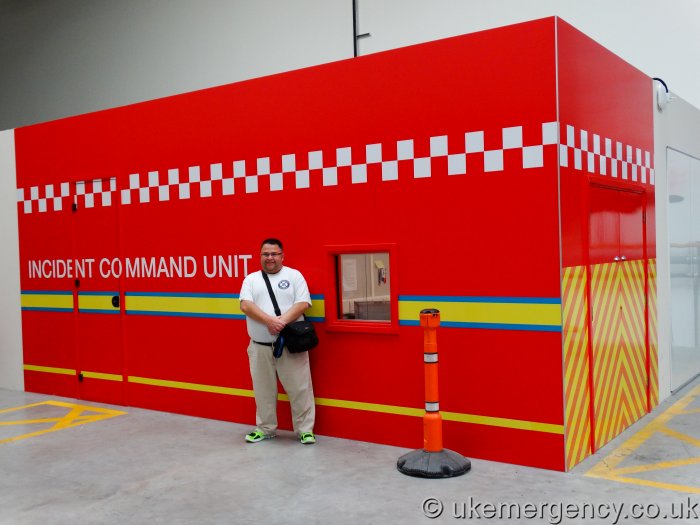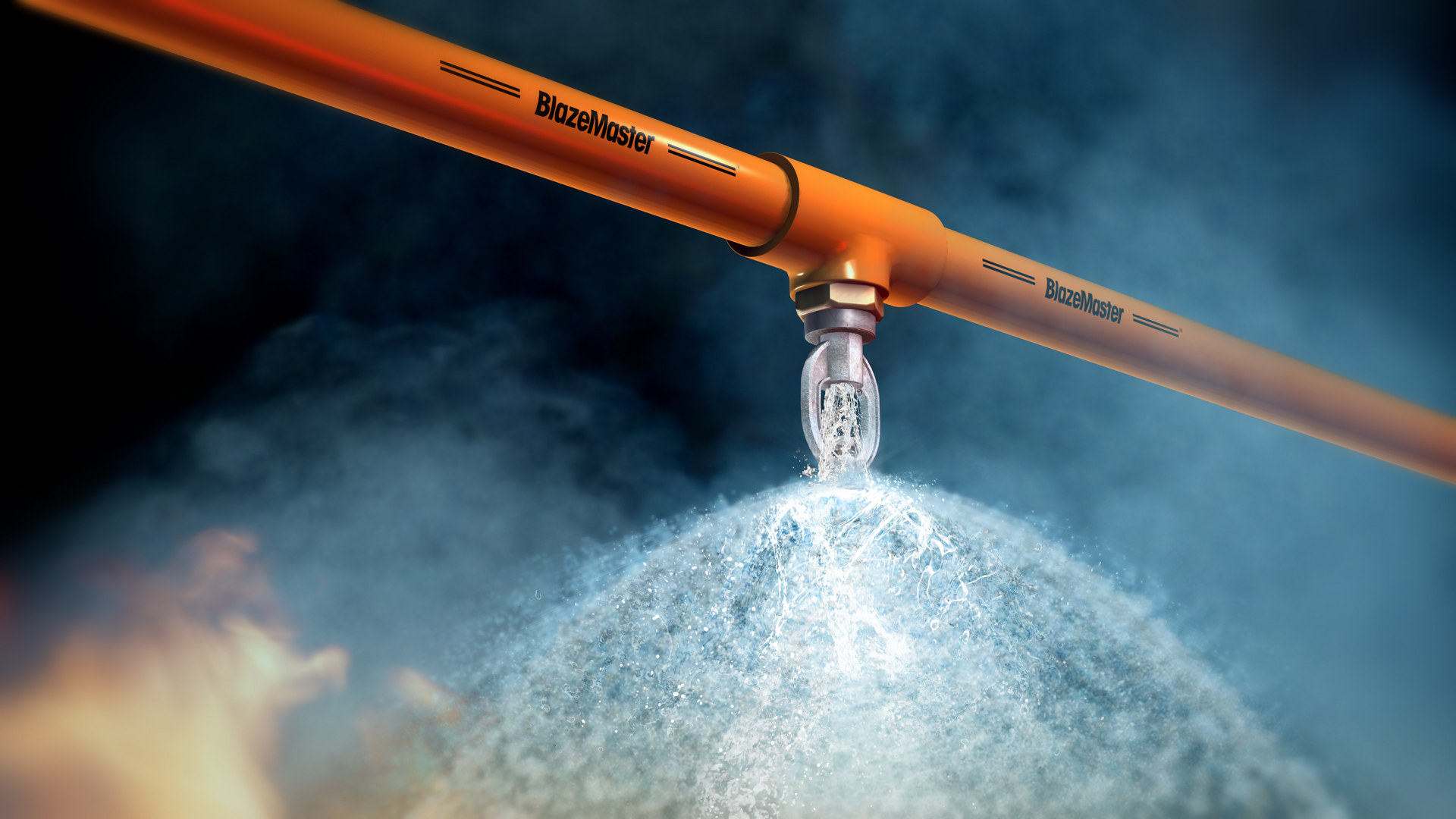The Definitive Guide to Sprinkler Systems and Fire Safety Training
The Definitive Guide to Sprinkler Systems and Fire Safety Training
Blog Article
Fire prevention measures is a critical concern for building managers. Core strategies of fire safety are automatic fire suppression systems and emergency response training. Automatic fire suppression setups act to control fires, organized fire response units handle emergencies effectively.
How Do Automatic Fire Suppression Systems Work?
Fire suppression setups act automatically by releasing water when a fire is detected. Each sprinkler head activates independently, limiting unnecessary damage.

Critical aspects of fire sprinklers include:
- Fire response heads: Release water to extinguish flames.
- Flow system: Supplies water to fire zones.
- System monitors: Oversee system functions.
- Backup water systems: Offers steady water pressure.
The Importance of Fire Brigade Training
Emergency response drills readies groups to protect lives and property. These programs develop confidence, ensuring swift action during unexpected events.

Key elements of fire brigade training include:
- Hazard identification training: Minimizing potential dangers.
- Emergency exit strategies: Planning efficient escape routes.
- Using firefighting tools: Practicing hose use.
- Communication in emergencies: Coordinating under pressure.
hidrantes e sprinklerssprinkler e detector de fumaçaComo são classificados os chuveiros automáticos?
The Synergy Between Fire Suppression and Emergency Training
Using automatic fire suppression with fire brigade training ensures optimal preparedness. Sprinklers suppress flames quickly, while trained fire brigades ensure proper evacuation.

Uniting tools and expertise supports robust emergency plans for homes, workspaces, and industrial facilities alike.
Why Sprinkler Systems and Emergency Preparedness Are Essential
Investing in sprinkler systems and providing fire brigade training offers long-term benefits. When used in combination, these methods mitigate fire risks.
Start improving your fire safety today by installing a sprinkler system and organizing emergency response drills. Preparedness is the key to protection!
Report this page